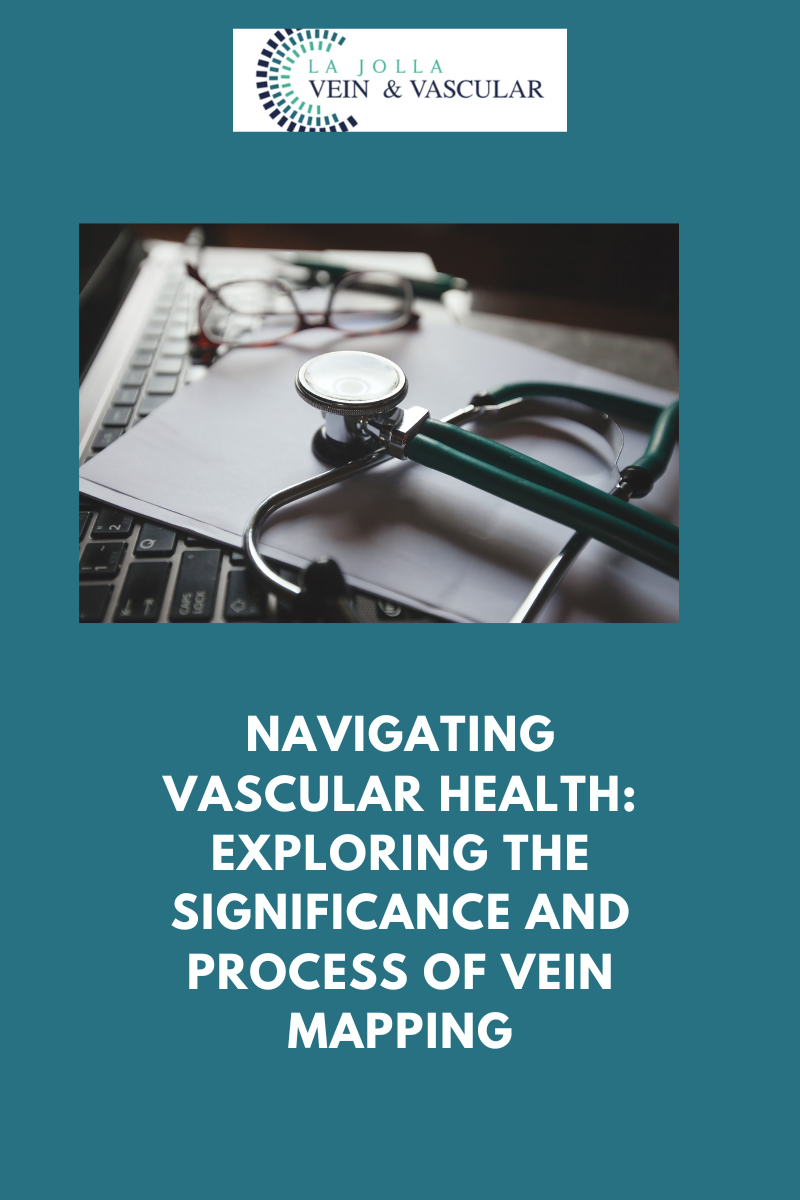What you need to know about abdominal aortic aneurysm

What is an abdominal aortic aneurysm (AAA)?
The aorta, the largest artery in your body, runs from your heart, down through your chest, and into your abdomen. The abdominal region of the aorta is responsible for delivering blood to your legs, GI tract and kidneys.
An abdominal aortic aneurysm (AAA) occurs when the wall of the aorta progressively weakens and begins to bulge. An AAA may continue to enlarge and eventually rupture if left untreated, causing severe internal bleeding and possibly death. Nearly 200,000 people in the United States are diagnosed with A A A annually; approximately 15,000 die each year from a ruptured AAA.
In addition to concerns about rupture, clots or debris may also develop within an AAA. These substances can be carried to other areas in the body and block circulation, causing severe pain or possibly limb loss if blood flow is cut off for too long.
AAA can be safely treated with early diagnosis; however, most patients have no symptoms.
Causes and Risk Factors:
Most aortic aneurysms are caused by a breakdown in the proteins that provide structural strength to the wall of the aorta. Some risk factors that contribute to this structural breakdown include:
- Age—individuals over 60 years are most likely to develop the condition
- Gender—males are more prone to the condition than females
- History of atherosclerosis (hardening of the arteries) • Family history of AAA
- Smoking
- High blood pressure
Symptoms:
Most people feel no symptoms, and an abdominal aortic aneurysm is often detected when tests are conducted for other unrelated reasons. Those who do have symptoms commonly describe back pain, pulsations in the abdomen, groin pain or sometimes sores on the feet.
Diagnosis
If an abdominal aortic aneurysm is suspected, you likely will be referred for an abdominal ultrasound, a painless, safe test that can screen for and measure the size of an AAA. Computed tomographic angiography (CTA) can assess aneurysm size, location and the extent of impact. This study requires exposure to radiation and injection of an intravenous contrast agent. However, a CTA provides valuable anatomic information and can help your vascular surgeon determine the optimal type of repair.
Medicare Screening Benefit
Medicare offers a free, one-time AAA ultrasound screening for qualified seniors as part of their Welcome to Medicare physical during the first 12 months of their enrollment. Men who have smoked sometime during their life and men and women with a family history of AAA are eligible for this benefit.
Treatment
Vascular surgeons can determine the best procedure for you, based on the size of your aneurysm and other factors. For smaller AAAs, you may need to make lifestyle changes, such as quitting smoking and lowering blood pressure. You may be prescribed medication. Your surgeon will have you come back for regular checkups to see if the AAA has changed.
For large AAAs, or those that have been increasing in size over time, repair may be carried out either by placement of an endovascular stent graft or by open bypass grafting.
Be sure to see a board certified vascular surgeon. They have specific training in both minimally invasive and traditional open repairs. The type of repair conducted is very important to long term durability and freedom from rupture.
La Jolla Vein & Vascular runs the diagnostic ultrasound for AAA, but will refer out for treatment.
La Jolla Vein & Vascular (formerly La Jolla Vein Care) is committed to bringing experts together for unparalleled vein and vascular care.
Nisha Bunke, MD, Sarah Lucas, MD, and Elliot DeYoung, MD are specialists who combine their experience and expertise to offer world-class vascular care.
Our accredited center is also a nationally known teaching site and center of excellence.
For more information on treatments and to book a consultation, please give our office a call at 858-550-0330.
For a deeper dive into vein and vascular care, please check out our Youtube Channel at this link.
For more information on varicose veins and eliminating underlying venous insufficiency, check this link out full of resources.





